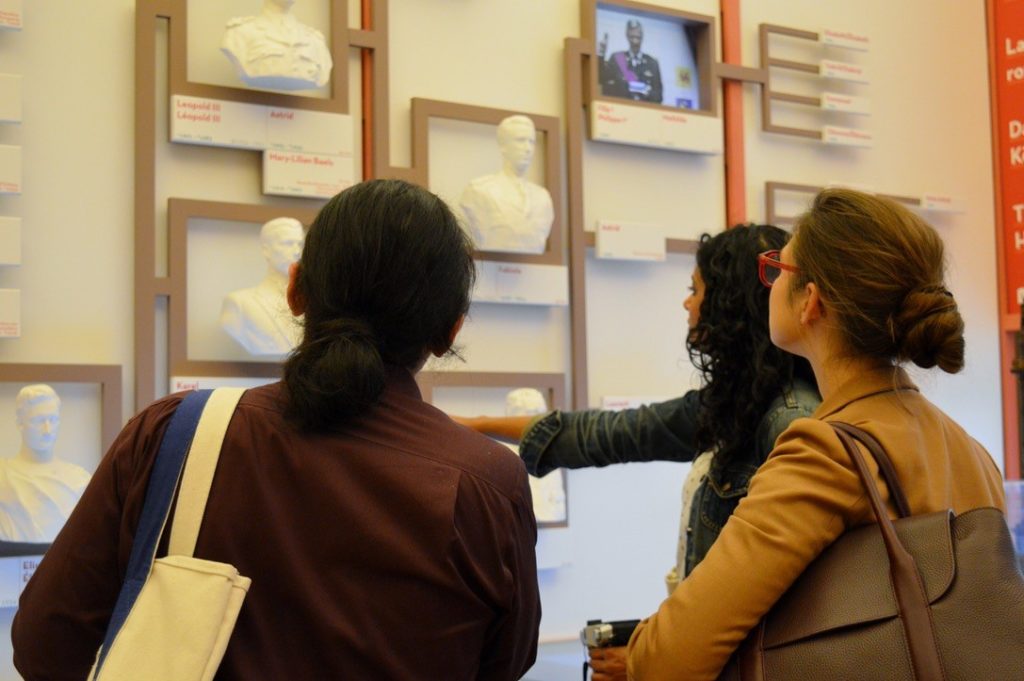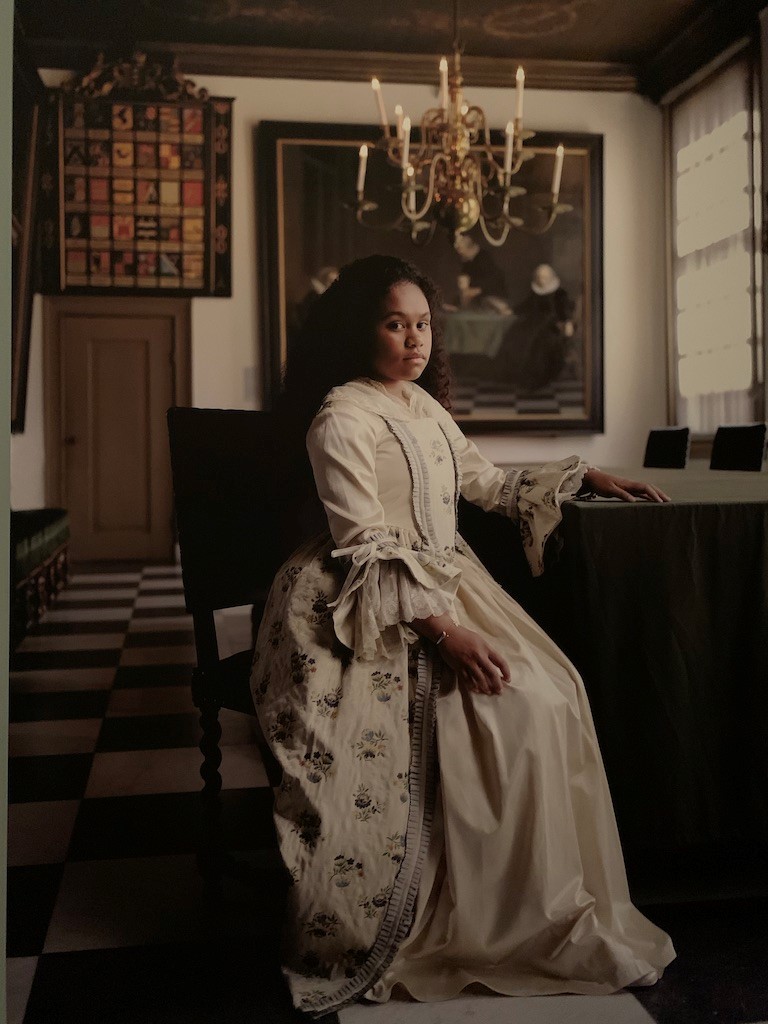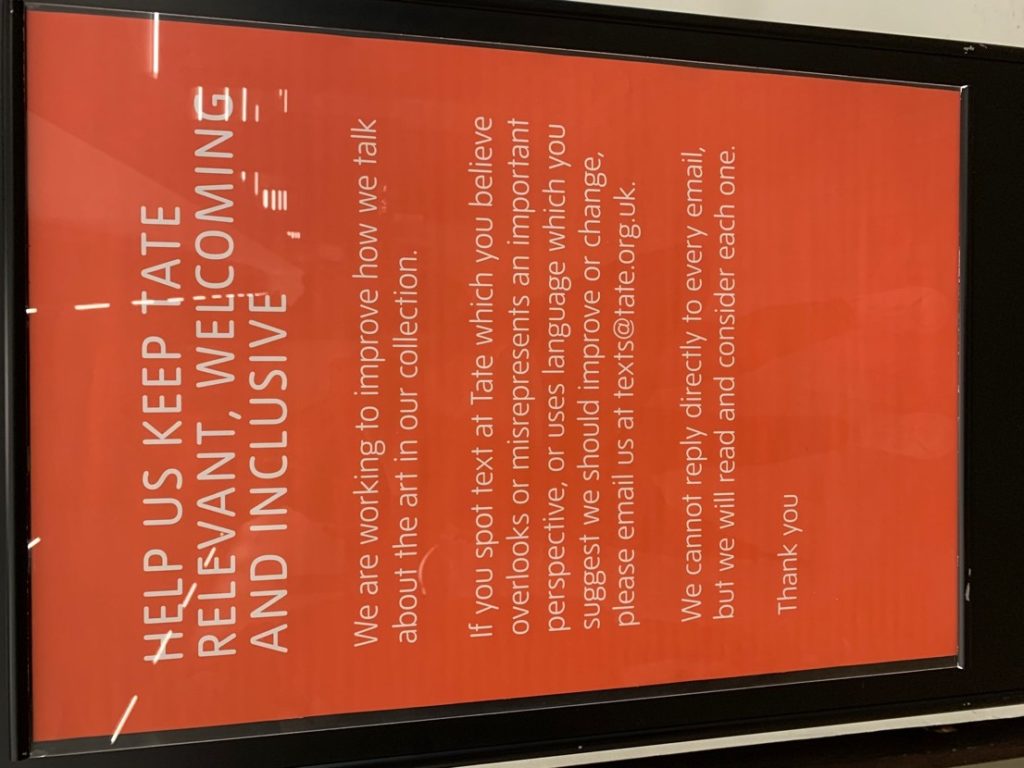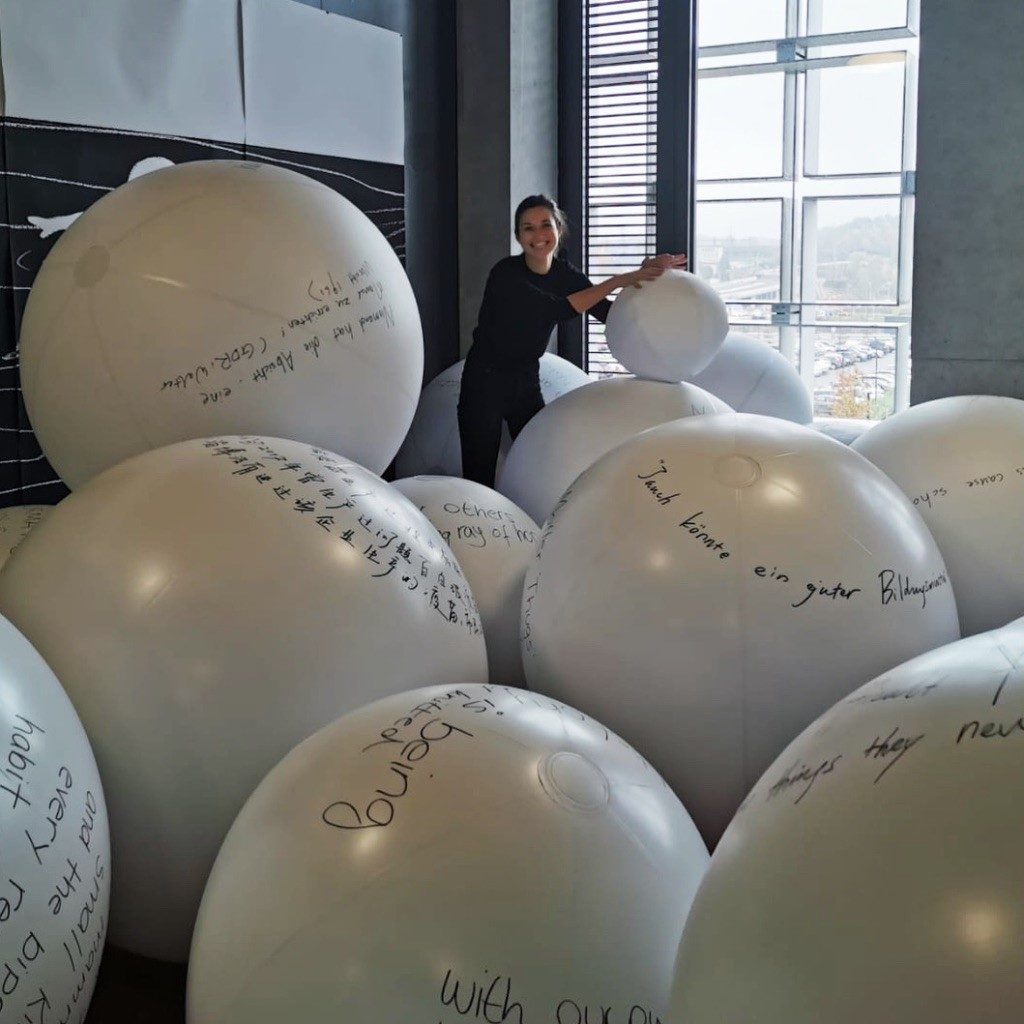When I tell people that I study museums, they’re often…confused: “You mean you’re an art historian? An anthropologist? Does that make you a curator?” In actual fact, my research has more to do with the how of museum than the what.

Art historians and anthropologists have expertise in a particular subject area – contemporary photography, perhaps, or Etruscan pottery – and their task in museums is to research and preserve those objects they have devoted themselves to understanding. Museum scholars, by contrast, focus on institutions: what they choose to collect and how, their relationships to visitors, and the ways they employ objects in their care to tell stories (among many other concerns). My research explores how museums’ chosen narratives are communicated: who they include, what they leave out, and the methods employed in the telling. In other words, I study what museums have to say and how they choose to say it.
For example, in considering a painting, a museum might talk about the materials used to create it. They could share information about the artist, or the subject depicted. They might also choose to talk about who isn’t visible in the work – perhaps who wasn’t admitted to professional life in the arts at the time it was painted. They could consider what segment of society the painting was created for, how those individuals amassed the wealth necessary to own works of art, and on whose labor their leisure to enjoy it depended. They might communicate their chosen story with labels, or a digital display, or through the juxtaposition of related or (seemingly) unrelated works. There are an almost inexhaustible number of valid and important stories to be told about any given object, and museums, in everything they do, make choices. Those choices can have a dramatic impact not only on how that particular object is understood, but on how museum visitors understand themselves by extension.

A painting from the exhibition “Dutch Masters Revisited” at the Amsterdam Museum in Amsterdam, Netherlands. The exhibition brings together group portraits from the 17th century with contemporary works depicting Dutch citizens posing as people of color known to have lived in the Netherlands in the 17th and 18th centuries.
This may seem like a dramatic statement, but, according a study cited by the American Alliance of Museums, “Museums are the most trustworthy source of information in America, rated higher than local papers, nonprofits researchers, the U.S. government, or academic researchers.” In the United States at least, what museums say is trusted. It follows that the stories they tell, why they them, and how, matters. If museums are understood as bastions of truth, it’s imperative to critically consider what it is, exactly, they are saying.

As a Fulbright student researcher, I am engaging with these and other issues through graduate study at the University of Luxembourg, in the Master of Learning and Communication in Multilingual and Multicultural Contexts. Along with a truly global cohort of students, I am exploring the impact of language and culture on understanding, and its implications for identity-construction in an increasingly interconnected world. Halfway through my grant, I’ve visited more than 20 museums across Europe, attended conferences and symposia, and conducted personal interviews with professionals in the museum field, all while challenging my own perceptions and cultural biases.

Melissa installing a student-curated exhibition titled “Truth” at the University of Luxembourg
I’ve seen excellent examples of museums communicating honestly with their visitors, telling complicated stories about themselves and their communities, admitting that they don’t have all the answers. When museums have candor, when they speak with a voice and in a language that visitors understand, these institutions go a long way in expanding ideas of history and culture, and our place in those ever-evolving narratives.
Melissa Hendrickson was a 2019-2020 Fulbright research/study grantee to Luxembourg. She will pursue an interdisciplinary Master’s degree in Learning and Communication in Multilingual and Multicultural Contexts at the Université du Luxembourg. Her research is concerned with museums and public art institutions, specifically looking at strategies for diversifying museum audiences and engaging communities through relevant, accessible and meaningful museum interpretation. Melissa graduated with a Master’s degree in Museum and Exhibition Studies in 2017, where her research focused on developing community-driven cultural opportunities in immigrant and refugee communities. After graduating, she spent two years as a Fellow at the Smithsonian American Art Museum in Washington, D.C.
Articles are written by Fulbright grantees and do not reflect the opinions of the Fulbright Commission, the grantees’ host institutions, or the U.S. Department of State.